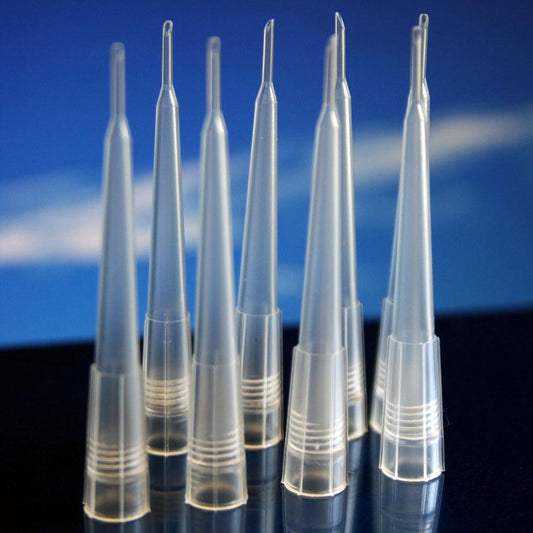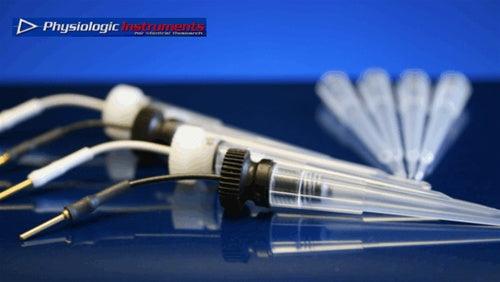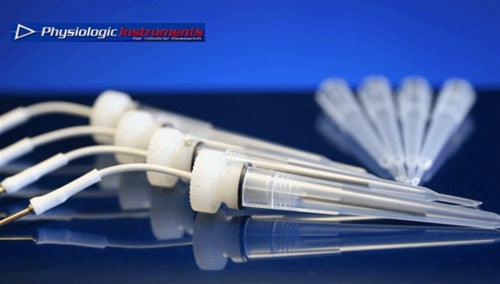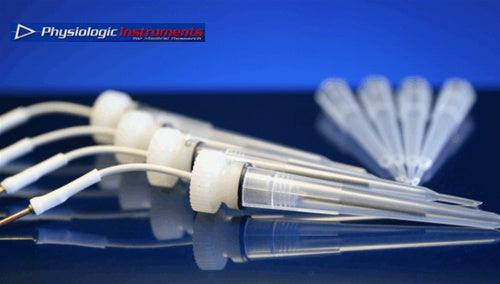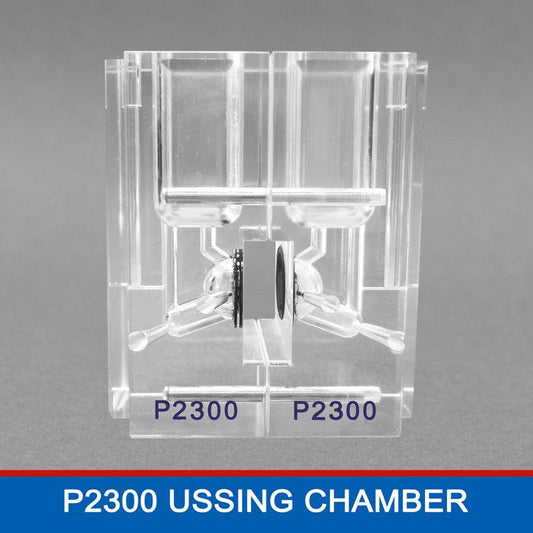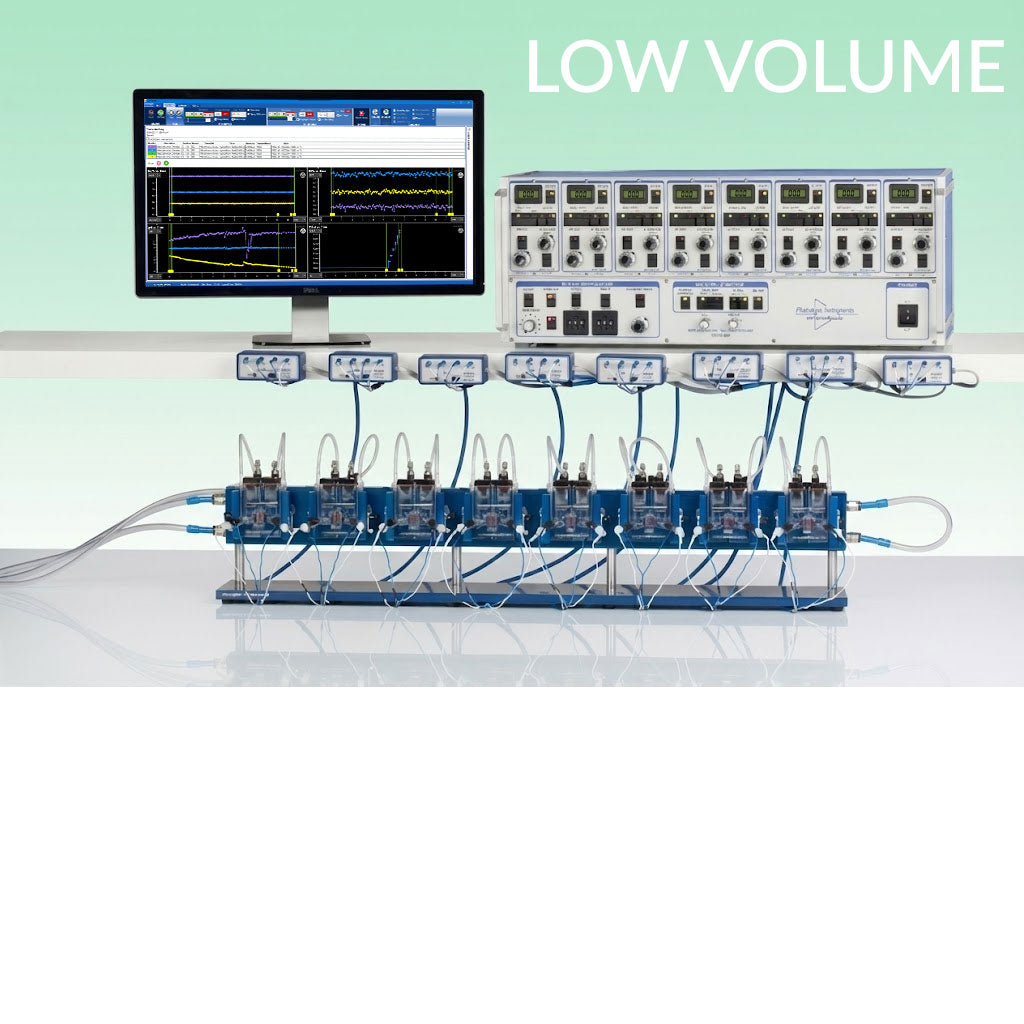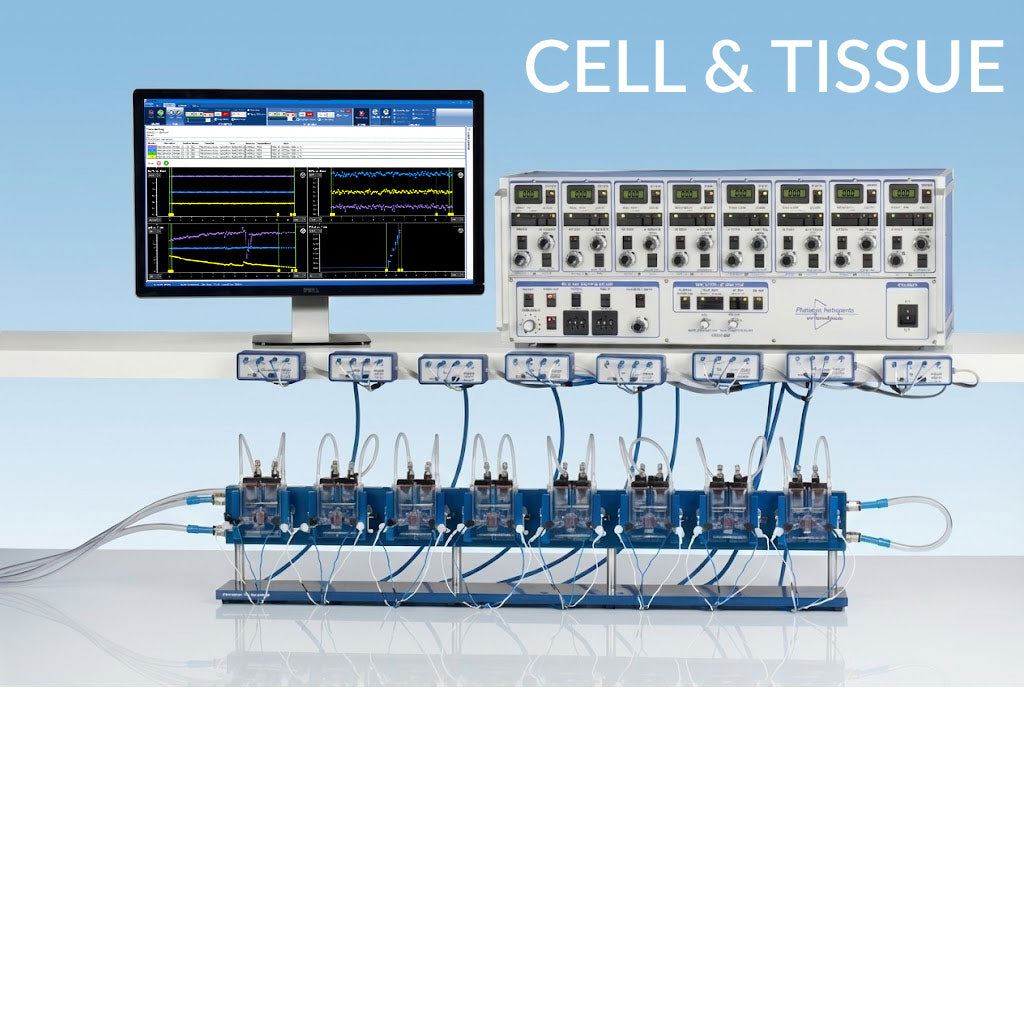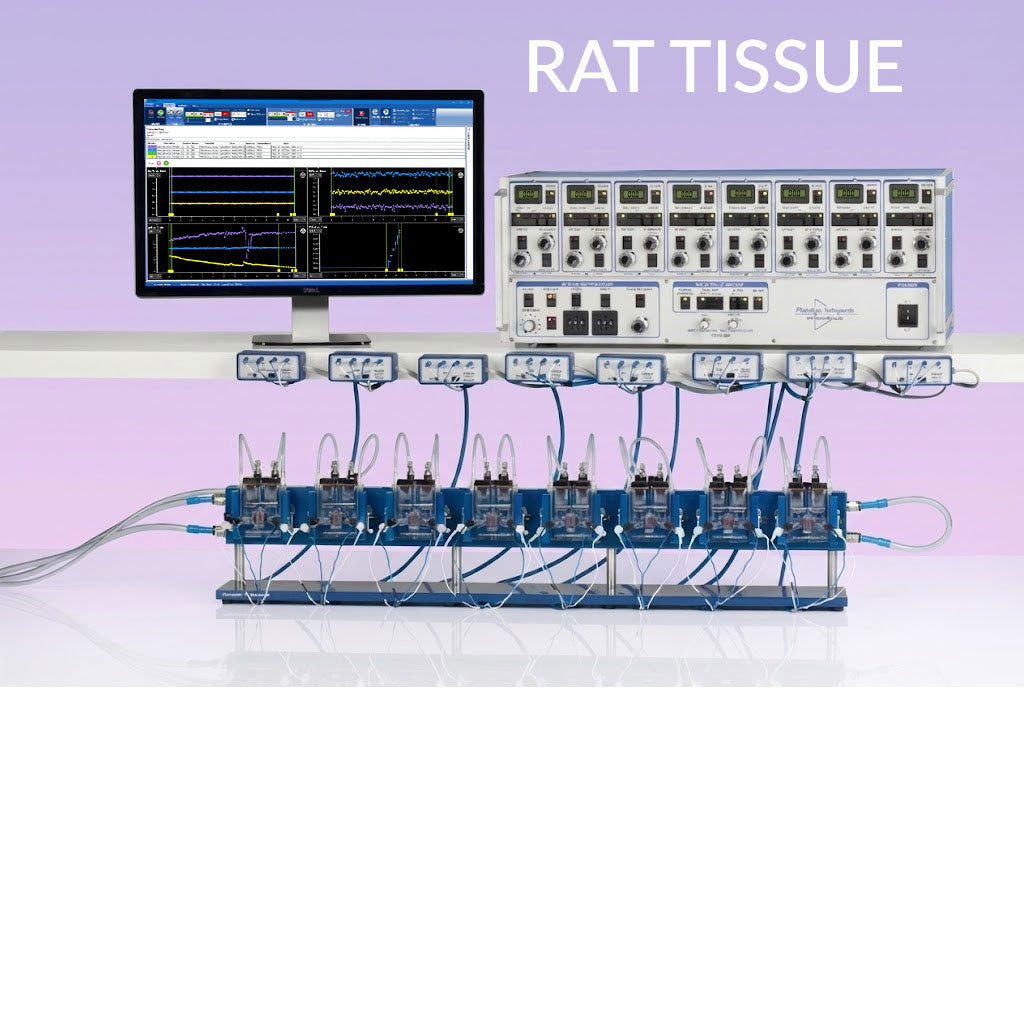Sistemi di camere di Ussing
Una camera di Ussing viene utilizzata per studiare il trasporto di soluti attraverso uno strato confluente di cellule. Questo strato è in genere un monostrato di cellule epiteliali che formano una barriera tra gli ambienti esterni e interni del corpo, come quelli che rivestono le vie aeree, il tratto intestinale e la vescica, ma potrebbe anche essere una struttura multistrato come la pelle o una coltura cellulare 3D o uno strato confluente di cellule endoteliali come la barriera ematoencefalica in coltura o l'endotelio corneale. Il trasporto di soluti può essere determinato misurando il flusso del soluto o talvolta, nel caso di soluti carichi come gli ioni, misurando la corrente attraverso il tessuto. Questi parametri elettrici, insieme alla resistenza tissutale, servono a valutare il trasporto di ioni e l'integrità tissutale.
Per realizzare queste misurazioni, i sistemi Ussing sono stati progettati in modo da avere tre componenti principali: la camera di Ussing, la pinza tensione/corrente e il sistema di acquisizione dati.
1) La camera di Ussing è semplicemente un dispositivo che consente di posizionare il tessuto tra due compartimenti pieni di soluzione. La camera può essere dotata di elettrodi per misurare la tensione e far passare la corrente attraverso il tessuto.
2) La pinza amperometrica viene utilizzata per controllare la tensione o la corrente attraverso l'epitelio e quindi determinare parametri bioelettrici quali la tensione transepiteliale, la corrente di cortocircuito e la resistenza o conduttanza.
3) I risultati delle misurazioni elettriche possono essere registrati utilizzando qualcosa di semplice come un registratore grafico o le versioni elettroniche più recenti di un registratore grafico. In alternativa, possono essere raccolti da un sistema di acquisizione dati intelligente che funge da registratore grafico ma misura e traccia anche la resistenza o la conduttanza dei tessuti in tempo reale, come Acquire & Analyze.
Sistemi Ussing completi che comprendono il nostro sistema EasyMount Ussing Chamber, strumenti multicanale a pinza di tensione e corrente e il pacchetto di acquisizione dati Acquire & Analyze insieme ad accessori per stabilire un sistema quasi completo e funzionante. Questi sistemi sono disponibili in versioni a 2, 4, 6 e 8 canali in base a una delle tre diverse camere Ussing.


